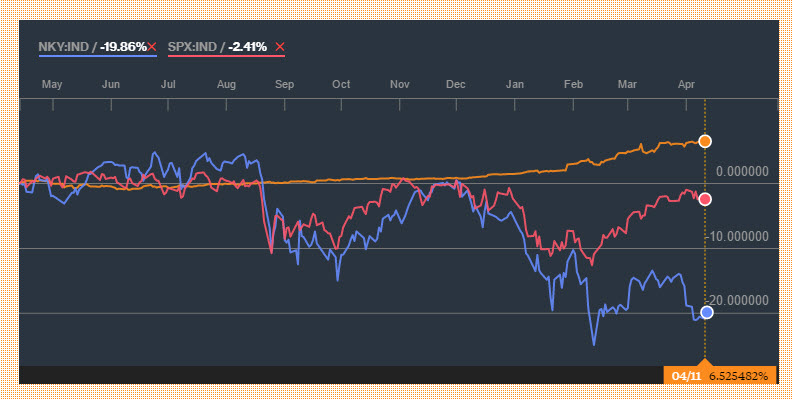
Helicopter money, that’s the big talk in the past week. The term helicopter money refers to a case where the government hands out money to citizens and funds it through printed money. The last time helicopter money was relevant was back in 2009. That’s when Ben Bernanke, then Federal Reserve Chairman, literally opened up the printing press and poured massive amounts of liquidity into the bond market, in tandem with a massive fiscal stimulus plan from the US government. Now, investors are speculating that the BoJ is ready to unleash a similar move, in coordination with the Abe government. And with the BoJ monetary policy meeting scheduled for this Friday, investors have high hopes. Are these hopes in place?
Kuroda Vs. Abe
In the past several months, BoJ watchers have been routinely underwhelmed by the BoJ’s statements. The BoJ slashed deposit rates to -0.5% and increased its QE program to a whopping ¥80 Trillion. But since those two announcements deflation has returned, yields on Japanese Government Bonds plunged to record lows and Japan’s GDP growth marked a modest 0.1% annually. And still, no monetary bazookas have been announced. Continue reading "BoJ Ready for Helicopter Money?"

